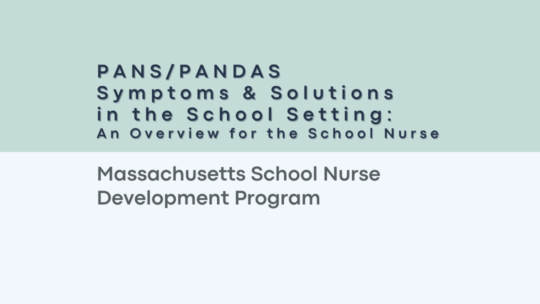Factors Associated with Symptom Persistence in PANS: Part II—Presenting Features, Medical Comorbidities, and IVIG Treatment History
- Significant relationships were identified among the 646 subjects, linking greater symptom persistence to higher rates of medical comorbidities.
- Specific comorbidities associated with greater symptom persistence included rashes, headaches, chronic sinusitis, frequent diarrhea, and immune deficiencies.
- Developmental diagnoses and respondent-perceived developmental lags were more prevalent in subjects with greater symptom persistence.
- Subjects with greater symptom persistence reported PANS exacerbations associated with infections in close contacts, vaccinations, environmental triggers, and exacerbations of comorbidities.
- PANS recurrences were more likely to be triggered by Epstein Barr Virus, mycoplasma, and sinus infections in subjects with greater symptom persistence.
- More persistent PANS was linked to significantly higher frequencies of certain symptoms, including sleep disturbance, urinary incontinence, muscle pain, brain fog, sensory defensiveness, irritability, and aggression-related symptoms.
- The effectiveness of intravenous immunoglobulin in combating symptoms was found to be less in cases of more persistent PANS.
- Subjects with greater symptom persistence experienced more difficulty attending school.
“Conclusions: Our results suggest high symptom persistence in PANS to be associated with more pervasive medical and neuropsychiatric symptoms. Differences in symptom persistence are associated with both intrinsic (e.g., immune competence) and extrinsic (e.g., infections, treatment) factors. Because extrinsic factors are potentially modifiable, it is critical that providers be aware of current guidelines on PANS evaluation and treatment.”








